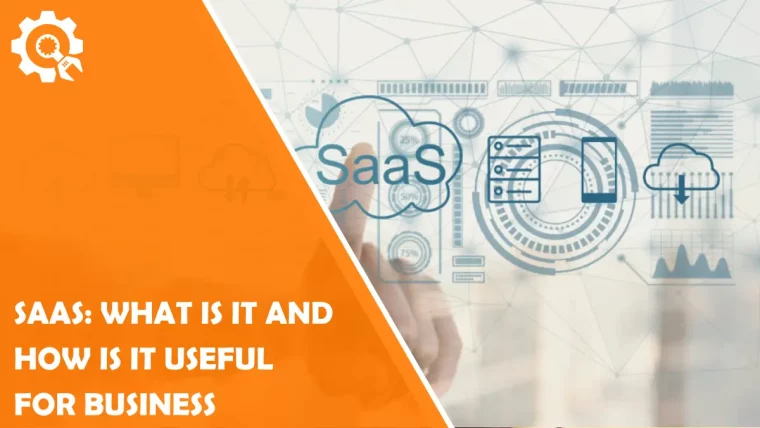Software as a Service (SaaS) is one of the models for selling and delivering applications to users. According to this model here, the service provider develops software, deploys it on its computing facilities, services it, and provides clients with access to the application as a ready-made Internet service. The customer of the software can be either an organization or an individual.
Features of the model
Work via the Internet
For stable operation of SaaS, it is enough to have a stable Internet.
In its computing center, the provider launches the server part of the application and ensures its uninterrupted operation. The service provider is also responsible for the operation of all necessary infrastructure: communication networks, data centers, middleware, operating systems, and auxiliary programs.
Users, in turn, connect to the application via the Internet:
- using a web browser,
- a client application,
- a hardware device, say, a video conferencing terminal.
Access fee
The client does not buy the software they need. Instead, they simply rent the application. This means that instead of paying a one-time fee for the software, the user pays a monthly or annual subscription fee for access to a certain set of services. In other words, they pay for a subscription.
Sometimes the tariff also includes payments for the volume of services consumed. For example, for the consumed telephone or Internet traffic, the number of API calls, the number of records in the database.
Support from the service provider
User technical support is usually included in the subscription fee. The provider ensures the functionality of the application and all the necessary infrastructure and also responds to requests for technical support.
Sharing the application
The SaaS development provider gives access to the same software to multiple clients at the same time. This helps to better balance and scale the load on the servers.
SaaS is sometimes confused with such service delivery models as ASP (Application Service Provider) and Hosted Applications.
However, the ASP and Hosted Applications models, unlike SaaS, imply that a separate instance of the program will be launched on the vendor’s servers for each user. In this case, the benefits of sharing software disappear.
Transparent software updates for clients
Application upgrades are centralized and without user involvement. You don’t have to worry about updates.
Automatic scalability
Clients automatically receive the computing resources they need at the moment. Users do not need to submit applications or even notify the provider if they are expanding their business or increasing the intensity of work.
Technological and business advantages
- A level of fault tolerance and security that is unattainable for most companies. The service provider has much more resources to build and maintain a backup power supply system, access control system, backup access channels, and geographically distributed data centers than most companies.
- Easy access to functional and expensive IT systems even for small companies.
- Use of analytics on anonymized data collected by the provider. A simple example is antispam.
- Access to the company’s IT system from anywhere. The solution increases your mobility, since you have access to business applications from any computer or mobile device, regardless of location.
- High speed of deployment and implementation of IT systems. Business gains flexibility: you can quickly start a new project or, if necessary, switch to another.
- You do not need to expand the IT department when starting a new project.
- The focus of IT personnel will shift from laying cables and maintaining CRM to solving business problems.
Who will be interested in the model?
The most active consumers of SaaS solutions are individuals and small and medium-sized businesses. For them, this model is the most promising, because small companies do not have extra hands to maintain information systems: launch, support in working condition, updates, backups. Scaling — sharing an expensive IT infrastructure between multiple companies — provides considerable benefits in this situation.
For large enterprises, simple scale effects no longer play a big role. And concerns about information security threats are growing. Therefore, large enterprises are more likely to deploy software on their own infrastructure. This approach is called on-premises or on-site.
If we consider the industry cross-section, SaaS applications are used by enterprises from all business sectors. But the most active are companies engaged in sales and service.
